With more online portals to list properties for let or sale, the images used in any listing are crucial in advertising the property in question to its most attractive potential. The House Shop is a new, pioneering property portal that offers free listings for high street and online agents, property developers and individual sellers. They have a great instant valuation tool to help users find out the approximate average, high and low end valuations of sale price and typical monthly rental rate of any post-coded property throughout the UK.
DC Photography Magazine have compiled a comprehensive list of essential tips to achieve the stunning, successful photography of properties, helping those new to this area or photography expertise or to solidify your skill set.
Essential Kit
DSLR Camera
Entry level DSLR cameras should be used in online property photography. They offer the gold standard in digital photo quality and range significantly in price – from Entry Level Canon EOS 700D to the Nikon D750, explore our website for more information.
The Wide Angle Lens
Is essential when capturing the correct proportions of a room while still enhancing the natural space. The correct wide angle lens also enables the ability to capture an entire room in a single image – handy for property sales.
Tripod
For a professional result, a tripod is essential. The shot will be blurred without a tripod and a remote shutter release will eliminate camera shake.
Flash
An independent flash is essential in real estate photography. The DSLR flash, although ample for many situations, a specialist, wirelessly triggered flash such as the Phottix Strato II weighs in at an investment-friendly £75.
Room Preparation
Pick the most attractive parts of the property for the best images. Before beginning to set up your tripod and equipment, remove any loose items that look out of place. The image is selling the idea of a home, meaning any boring, real-life paper work, dumped piles of clothes, washing up piles or other ‘stuff’ will be less appealing to a prospective purchaser or tenant.
Lighting
Keep it natural looking. The success of high end interior photography needs a balance of natural light while turning on inside lights can help to lift the corners of a composition. If the property has great views, ensure the image you capture features these in the in the windows of your interior compositions.
Best Practice – Composition Rules
Make sure that the entire room can be seen, and if this is not possible, take alternative images from different parts of the room. Allow for plenty of time to take the photographs – as your confidence grows the speed will increase and always take enough shots to review at length for submission.
Vertical lines should be vertical. This is achieved by aiming your camera perfectly horizontal and the use of a tripod is again essential in achieving this golden standard.
Always analyse, compare and research leading photographers in their field of expertise.

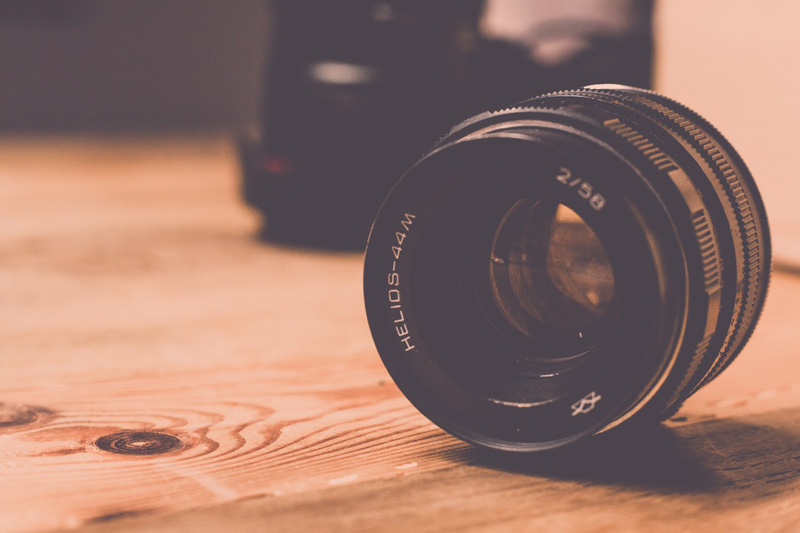

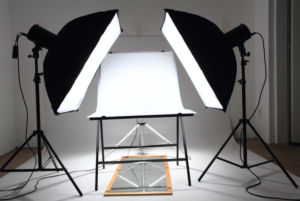
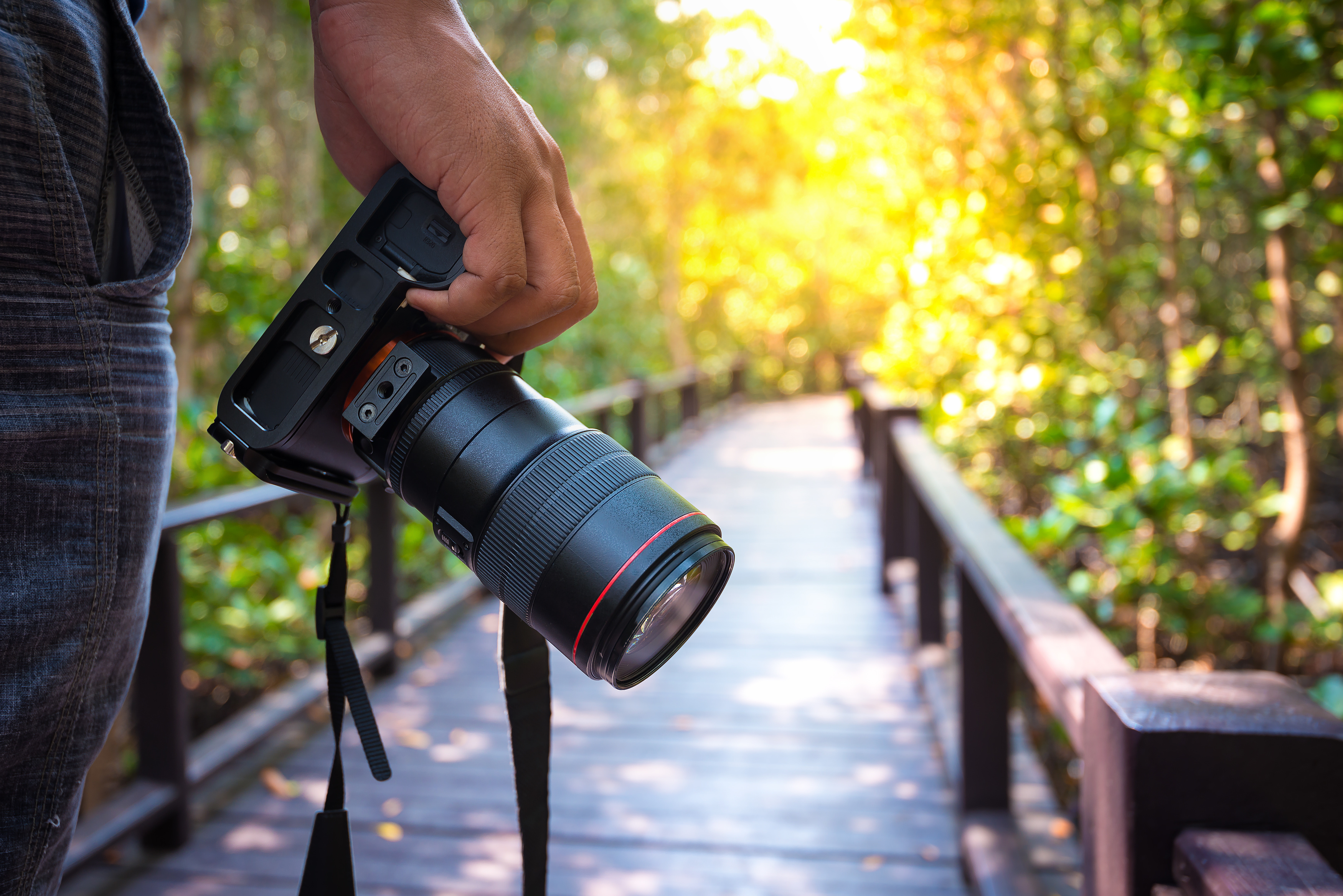


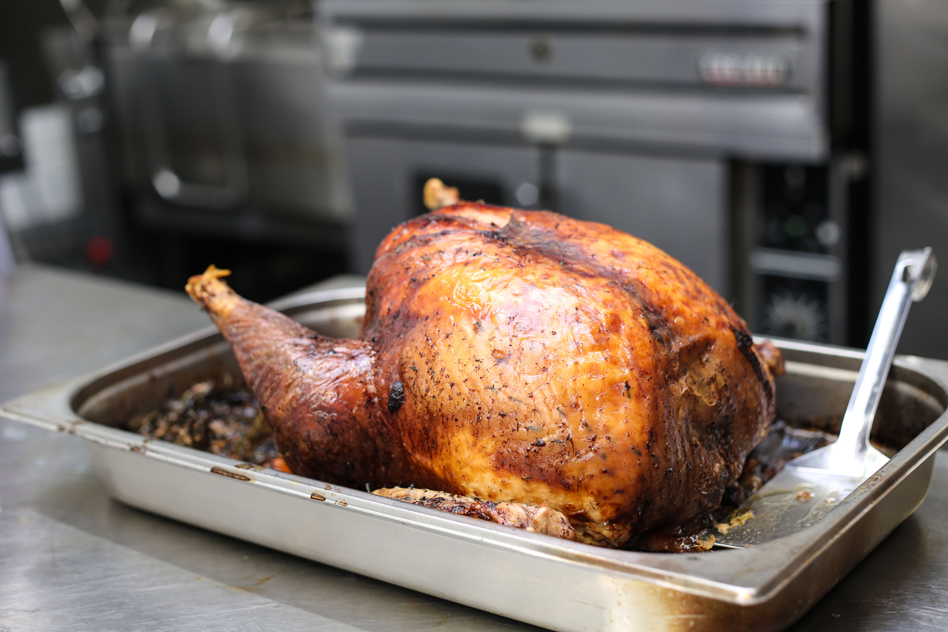
 Macro photography
Macro photography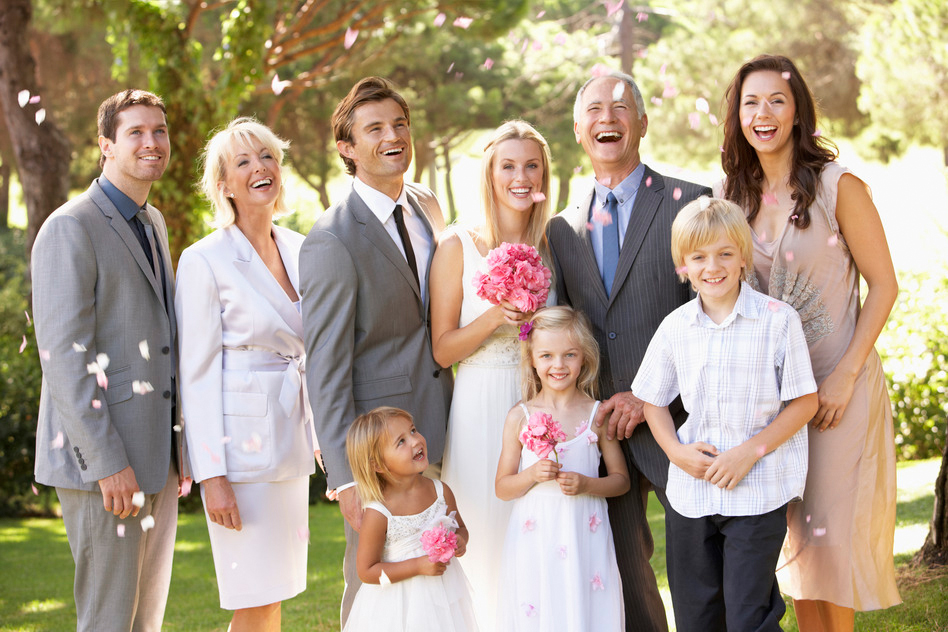
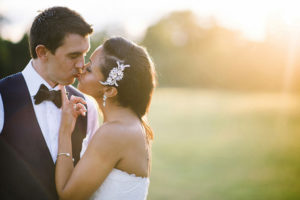 Estimate timing of photo sessions
Estimate timing of photo sessions


